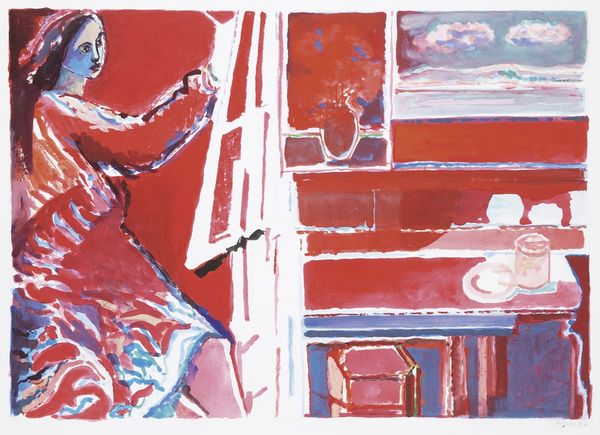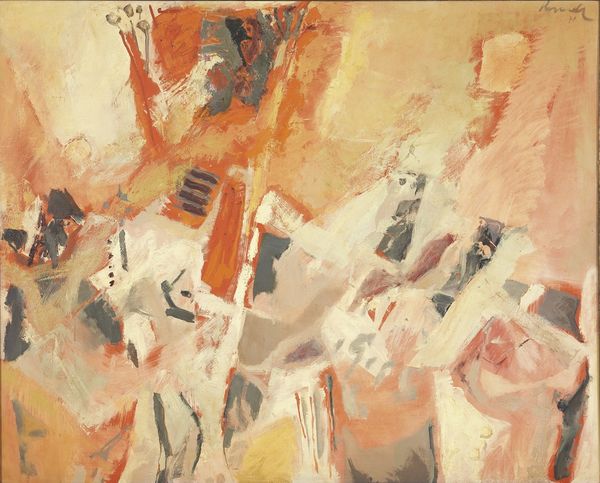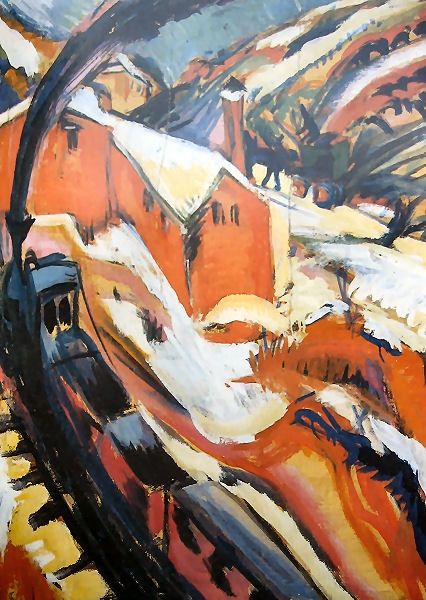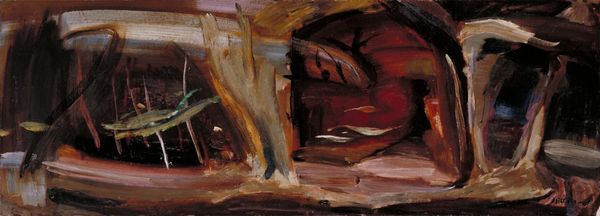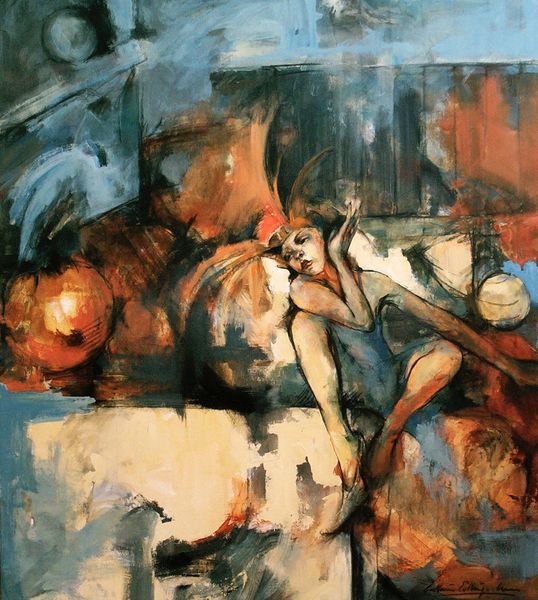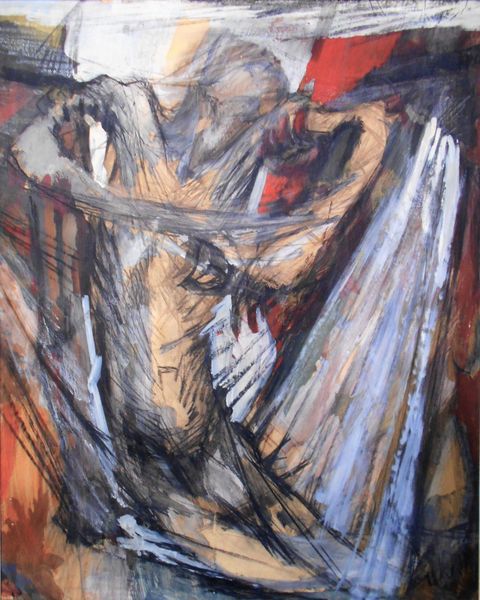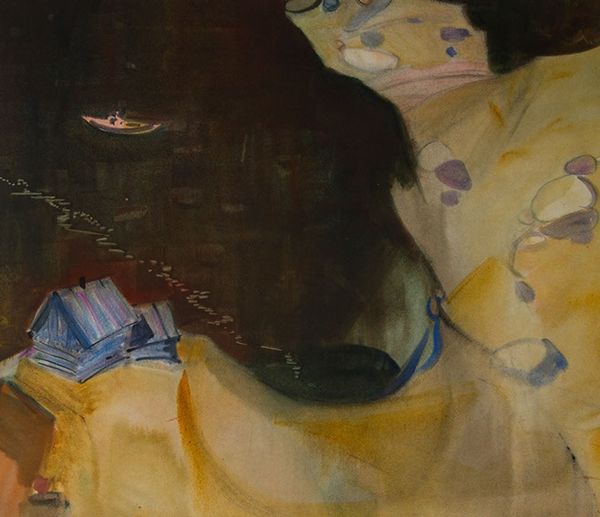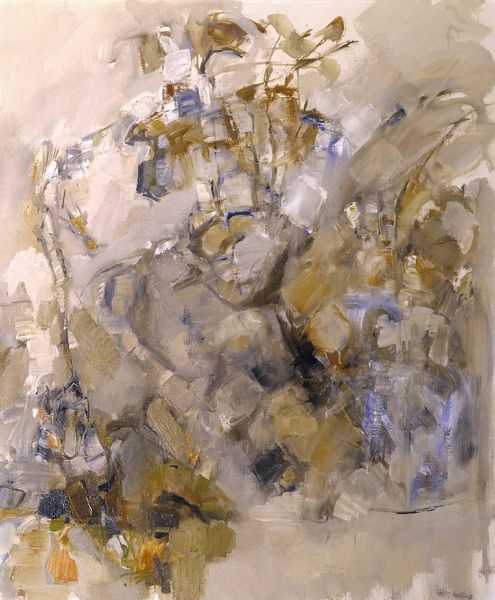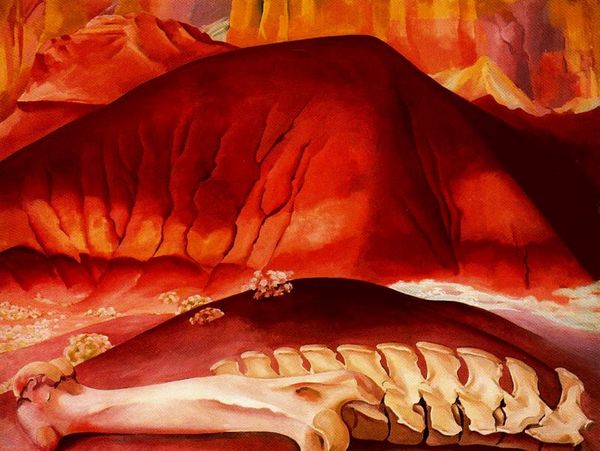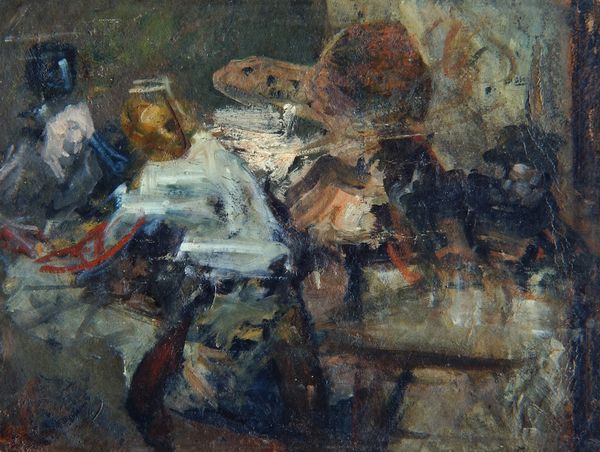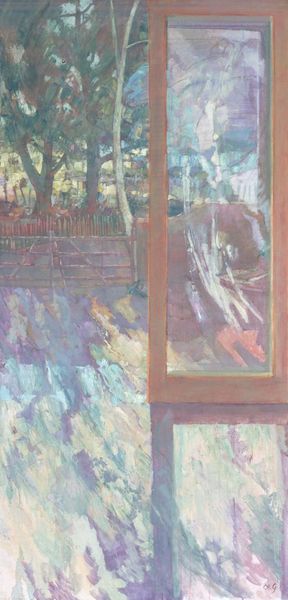
painting, watercolor
#
portrait
#
the-ancients
#
painting
#
impressionism
#
figuration
#
watercolor
#
child
#
genre-painting
#
realism
Copyright: Public domain
Editor: Here we have "The Sisters Schwartz", a watercolour painting by Anders Zorn. The way the light catches everything gives the piece a really vibrant feel. What's your take on this, looking at it from your perspective? Curator: Well, the title itself piques my interest. Who were the Schwartz sisters and what did it mean for Zorn, as a Swede, to portray them? How does it engage with the art world of its time, particularly regarding the representation of women and childhood? Do we know who they were in relationship to Zorn? These are key questions for an art historian, aren't they? Editor: That's a different approach to how I first viewed the work, which was to interpret its technical skill. Do you think that its public reception at the time influenced Zorn's artistic trajectory or the choices he made in later works? Curator: Absolutely. Artists don't exist in a vacuum. Zorn’s connections within the Swedish and international art scenes would have heavily shaped both the painting and how the public perceived it. Consider how the market for art depicting children influenced the artist's work and therefore his production. What's being communicated here about innocence, class, the position of artists’ models and so on? Editor: It’s interesting to think how art becomes entwined with so many social and political narratives. Curator: Indeed. And for me, understanding those connections enriches the experience. This watercolor, while appearing simply pretty, holds a dialogue with the viewers through its themes and connections to society. It highlights how every artwork exists within a cultural and historical framework, doesn't it? Editor: Definitely, it is no longer *just* a beautiful picture, but a window into a specific point in history and artistic intent.
Comments
No comments
Be the first to comment and join the conversation on the ultimate creative platform.
